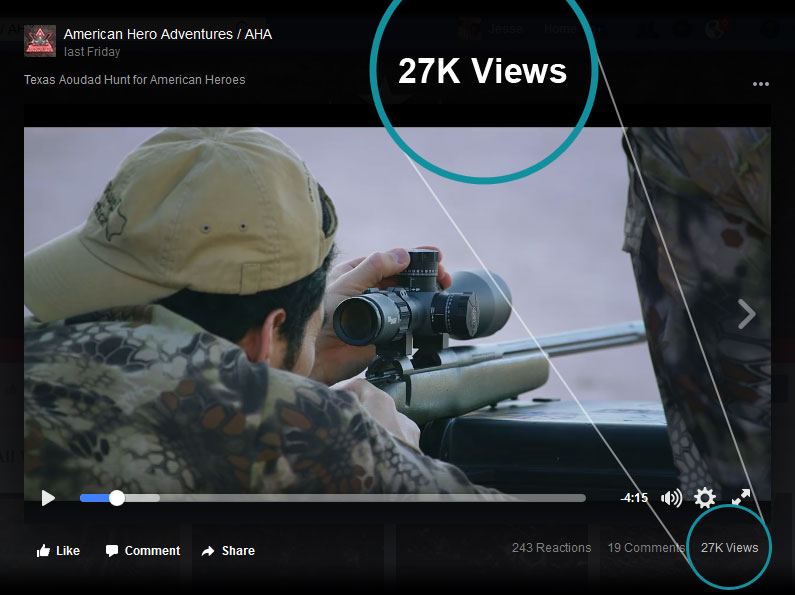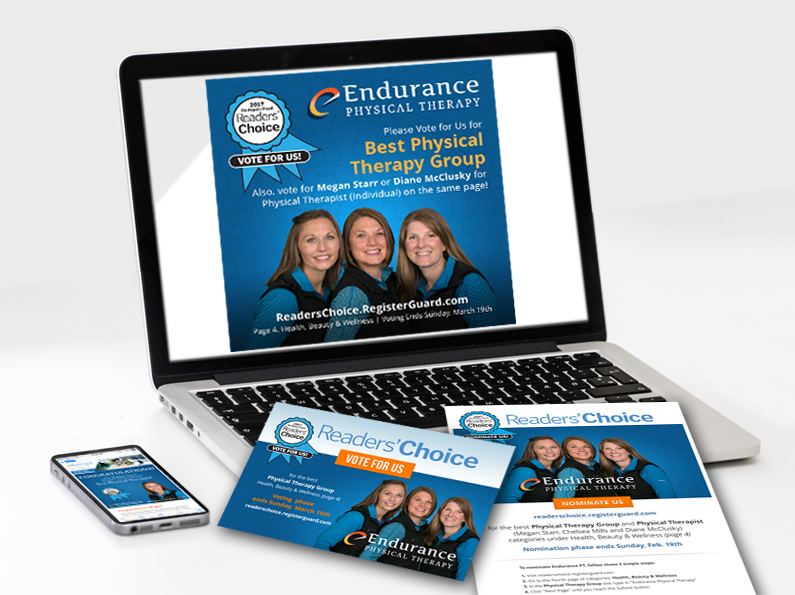
Humor in Marketing: 3 Reasons Why and 3 Ways to do it
We’re not saying you need to be Jimmy Fallon funny, we’re just saying it certainly wouldn’t hurt if you were. That’s because more and more studies are coming out confirming what we kind of already know – humor in marketing works.
However, we don’t just want to tell you what to do, we want to show how effective humor can be, especially humor in marketing strategies. Let’s take a look at a company that has mastered humor in their marketing and see what lessons we can take from it.
ChatBooks- Humor in Marketing Perfection

ChatBooks. Yep – you heard us right.
Chatbooks – those plain square books that pull your pictures from Instagram and categorize them all by the tag you choose, then print out the month’s pictures in a nice book – all for 8 bucks. If you go to their website, it’s expected. In fact, it’s kind of “ok cool, another automated something I could just do myself and save 8 dollars a month. That’s 2 Starbucks!”
Go on, check the website out.
Now watch the ad below. We’ll wait.
Humor in marketing perfection. Absolute perfection. We know you’re LOTI (laughing on the inside) and thinking,“PRAISE THE BABY JESUS WHERE HAVE THESE BEEN MY ENTIRE LIFE?”
“And only 8 bucks! Take.my.money.”

All of a sudden, something you weren’t willing to spend 8 bucks on is something you now can’t live without and have to have. So what changed? Do you suddenly need to have these photo books? No. Not even close. We all grew up with those photo albums with the sticky backs and plastic covers from the 80’s just fine, thank-you-very-much.
Do you all of the sudden just lack the desire to make the memory books yourself, like you would have five minutes ago?
Nope, you’re still just as capable as before.
So, what in the world changed?
1. Humor Proves The Brand Relates to its Audience

Chatbooks related to you. On a seriously personal level, but in a way that made you laugh, because of #life, amiright?
Chatbooks took something that, deep down, all Moms (working or not) felt: the overwhelming exhaustion over the huge responsibility of raising kids and oh, by the way, don’t forget to write down everything because time is so fleeting – and turned it into pure comedy. And what most people miss about this: You can’t truly be funny unless you actually GET IT.
Deep down, that’s what people want: to be deeply understood.
Now, all of a sudden, you want these Chatbooks. These Chatbooks won’t only give you pictures in hard copy to look at it, but it’s somehow going to relieve that stress and help you just exhale and feel, maybe for the first time, understood.
And how do we know that? Because it already did, just by making you laugh.
2. Humor Tells the Audience it’s OK to Need Help

Isn’t that what we want all our clients or customers to know? That it’s OK to need your service or product? That they can’t, in fact, do everything on their own? Of course, that’s what we all want, and humor does this in a non-offensive way.
Nothing is worse than feeling like you have to keep up with a world where you take time to smell the freshly pressed, organic, free-range leaves, on your handmade photo album. Who has time for that?
Chatbooks not only relates to its audience with humor but uses it to say, “hey, if making photo books sucks the life out of you, it’s OK.” What’s brilliant about this is that there’s no fancy jargon here. No big words, and even, to be blunt, some slang. Chatbooks calls it like it is because it’s true. There’s zero shame. None.
By the brand having no shame, the target audience is given permission to also have no shame as they click, “order now” and get on their merry way.
3. Humor in Marketing Builds Brand Loyalty

When we share something as intimate as a laugh with someone, way in our brain and nervous system, all the happy chemicals are released. These happy endorphins are the same ones released when a mother has a child, when people exercise, or even when an addict uses street drugs. And the entire purpose of those happy endorphins is to create a bond, a need, an addiction of sorts.
Or, in the world of business, loyalty. Not only does a brand want to win new customers, but they want to keep customers, too. We could get all into the science about it, but we’ll spare you (you can thank us by sending wine or coffee).
Chatbooks, by getting you to laugh and releasing those endorphins, is tying that happy feeling to those books. So now, just by looking at the books, your brain will immediately go back to that feeling you had when you first experienced Chatbooks. A feeling of happiness and of being understood and relieved of meaningless stress.
Forking brilliant, Chatbooks. Brilliant.
How to Use Humor in Marketing
So, now what? How the heck do you infuse humor in your already-there brand? How do you make sure you’re taken seriously but still, you know, not? How do you be funny in a virtual world?
1. Blogs

Blogs, by nature, are always more casual than website copy, so there’s a lot more freedom to just have at it. Blogs allow you to take the readers through a story where you can have them laughing in one minute, and converting in the next. Blogs make humor in marketing easy and natural and should be started as soon as you possibly can.
Here Are a Few Tips to Ensure There’s Humor in Your Stories:
- Talk about something funny that happened, and tie it to what you want the reader to know.
- Use relatable gifs or memes to drive home a point.
- Refer to something trending and poke fun at it in a very nonchalant way.
- Don’t forget to use those funny blogs in your email marketing, too!
Fun side note: We’re really stepping up our blogging and content services, as we’ve seen how vital high-quality content is to the success of our clients (that’s you!) so if blogging isn’t something you have time for, but know you need, give us call.
2. Facebook and Twitter

Facebook and Twitter are great ways to humanize the brand to consumers with humor. Don’t take things too seriously with these platforms and instead use it to poke fun at yourselves and show that lighter side.
While showing that more relaxed side of the brand does many good things, the most important thing it does is make the business far more approachable, far more “human.” This is that final push that people still in the informational gathering stage need to get up and walk through your door (or to click that call to action).
Here Are a Few Actionable Ways to Humanize the Company and Brand with Facebook or Twitter:
- Skip the professional graphics from time to time and get a candid one of you, the team, the office dog, or the sink that decided to overflow (oh no!)
- Do live videos. Forget about how you look and just do them. Don’t plan. Don’t script. Just get in front of that phone camera and educate your followers on how to use your product or service in a fun and light-hearted way. Bonus points if you’re like everyone else and have to hide in the supply closet to get one second without interruption.
- Share funny and related memes that always seem to float all over FB and Twitter, and do so with a quick and witty caption.
3. Know That You Can Have Professionalism and Humor in Marketing

There seems to be this mindset that anything work-related has to be boring and “professional.” Yes, professionalism matters, but not to the point that the brand is forgettable and dry. Chatbooks does this perfectly – their website is professional and easy to use, but their ads are brilliantly funny and relatable. You can, and should, have both.
While we want to finish this off in a clear, professional way, we’re going to just leave you with another video ad that we find to be a-freaking-amazing in how it uses humor. Marketing in humor for-the-win (for more funny ads, just watch all the Old Spice commercials)!
Enjoy. Laugh. And don’t forget we’re here to help you navigate all things digital and funny.








